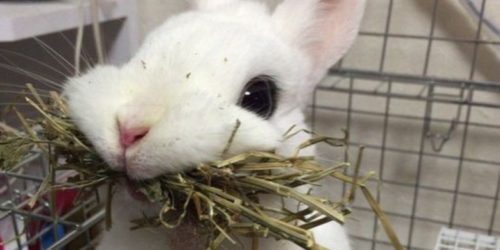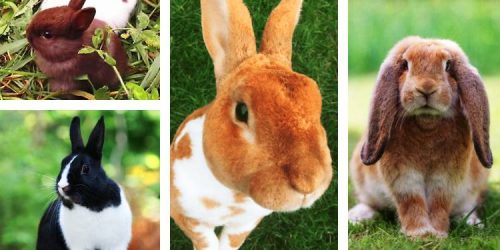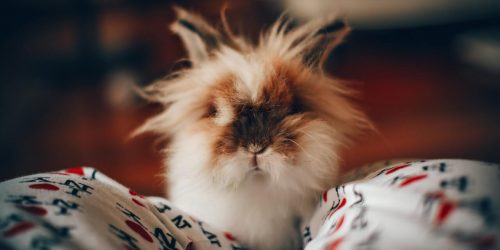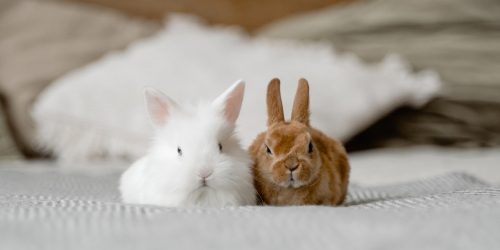Reproduction Among Rabbits

Rabbits are one of the most popular small domestic animals kept as pets. Although rabbits make good companions, they require special care due to their fast growth rates and high reproduction rates because they are always mating like in a crazy, intense porno video. In addition to being easy to breed, rabbits are docile, quiet, and inquisitive.
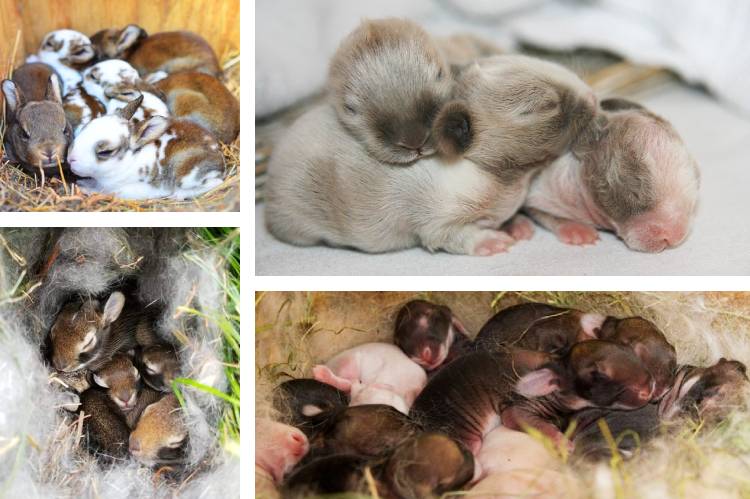
Rabbit Breeding
When it comes to rabbit breeding, there are actually two ways to go about it. One way is to simply let nature take its course. This is typically done during the springtime when females are ready to mate. The second method involves artificial insemination.
Because rabbits grow quickly and reach sexual maturity early, it is important to keep them healthy. Proper nutrition during pregnancy and lactation is essential since many diseases can affect the mother and her offspring. Rabbit owners should consult veterinarians regularly for advice about vaccinations, parasite control, and proper diet.
In general, there are three main types of rabbits: domestic lop, dwarf, and Angora. Each type of rabbit requires different care and feeding practices, but each one is still very much capable of reproducing. While some breeds are considered less likely to breed, others are very good at it. In fact, rabbits are the most prolific animal on Earth. They can produce up to four litters per year, and each litter contains anywhere from five to 20 babies.
A male rabbit is called a buck. He is larger than the female, usually weighing 2 to 5 pounds (1 to 2 kg), compared to her 0.8 to 2.2 pound (0.4 to 1 kg). Males reach maturity at about three months of age, while females become fertile at four months.
A male rabbit becomes sexually mature at 4 to 5 months of age. Females become sexually mature between 2 and 3 months of age. Female rabbits ovulate once a month and breed during estrus. Estrus lasts for 7 to 8 hours. During estrus, a doe is most receptive to mating.
The gestation period is 60 to 70 days. After birth, babies remain with the mother for about three weeks and they are weaned at six to eight weeks. Females become fertile again within one month after birth and males reach puberty at five to seven months of age.
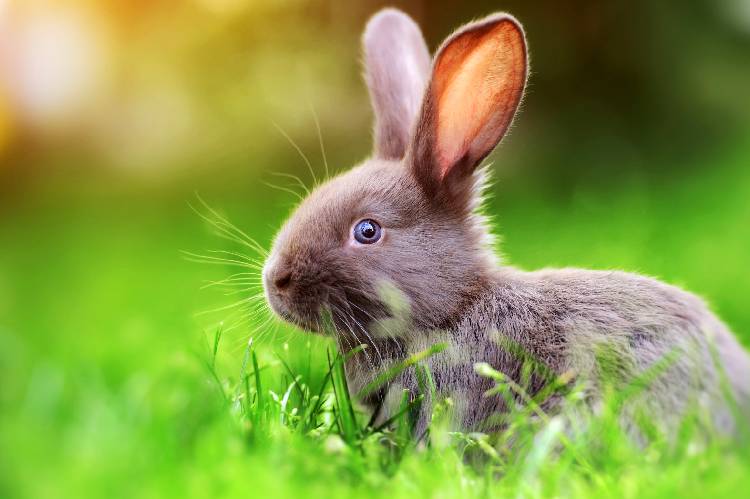
How to Choose the Right Bunny
There are many different types of rabbits, and each one has its own unique characteristics that make them special. The first thing you need to do is decide what kind of rabbit you want. If you are thinking about getting a bunny, there are some things you need to know before you go ahead and buy one.
- Where should I put my new bunny?
Ideally, you want to place your new bunny in an enclosed room that has plenty of bedding and toys. You can use a cage if you’d prefer, but a large cardboard box will work just fine. If you’re not sure what size cage you need, ask your vet. - Should I get two bunnies?
Yes! Having more than one rabbit can actually help you bond with your pet faster. Plus, having another bunny around means that you’ll always have someone to play with. - Can I keep my bunny indoors?
Yes! Buns love to run around and explore their surroundings. They enjoy being active, so keeping them inside would only limit their ability to exercise. However, if you live in a cold climate, you may want to consider putting your bun outdoors for part of the year. - How long does gestation take?
Gestation takes approximately 28-34 days. This varies depending on the breed of rabbit. Some breeds tend to go into labor earlier than others. But regardless of the length of gestation, once your bun goes into labor, she needs somewhere safe to give birth. And that’s where her nest box comes in handy. - Why is a nest box necessary?
If you don’t provide a nest box, your bun won’t have anywhere to give birth to her babies safely. In fact, she might even try to give birth outside of the box. While this isn’t common, it happens sometimes. As soon as she gives birth, she’ll need to rest up for a few hours, and then she’ll need something to eat. She’ll also need to nurse her young for about three months. Not having a nest box could mean that she doesn’t have a safe space to rest and feed her babies.
What else should I think about when choosing a bunny?
You should choose a bunny based on its personality. Do you like cuddly buns or playful ones? Are you looking for a specific color or pattern? Think about these questions before buying a bunny.
